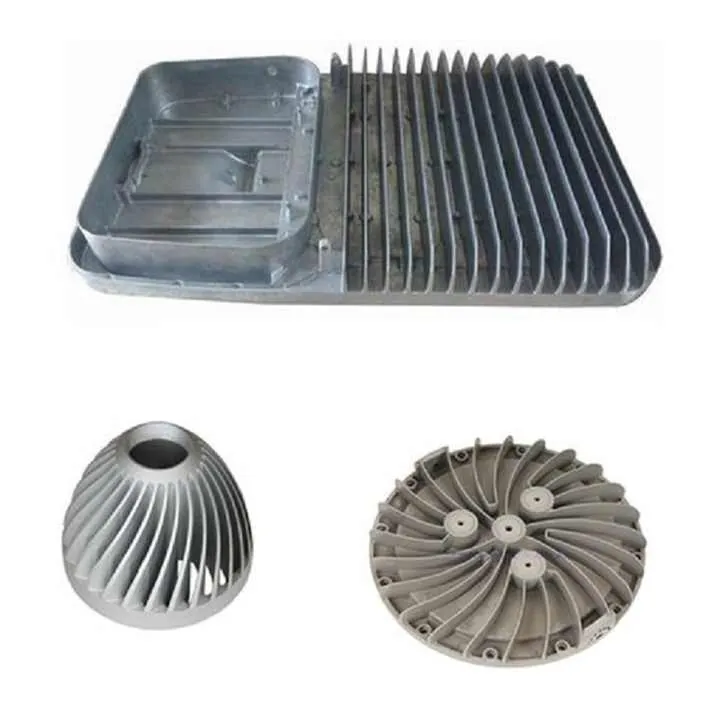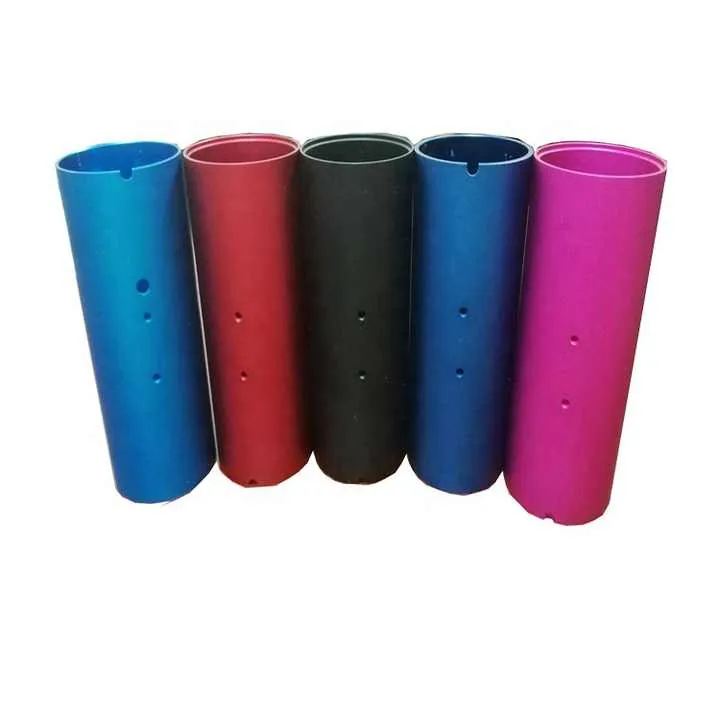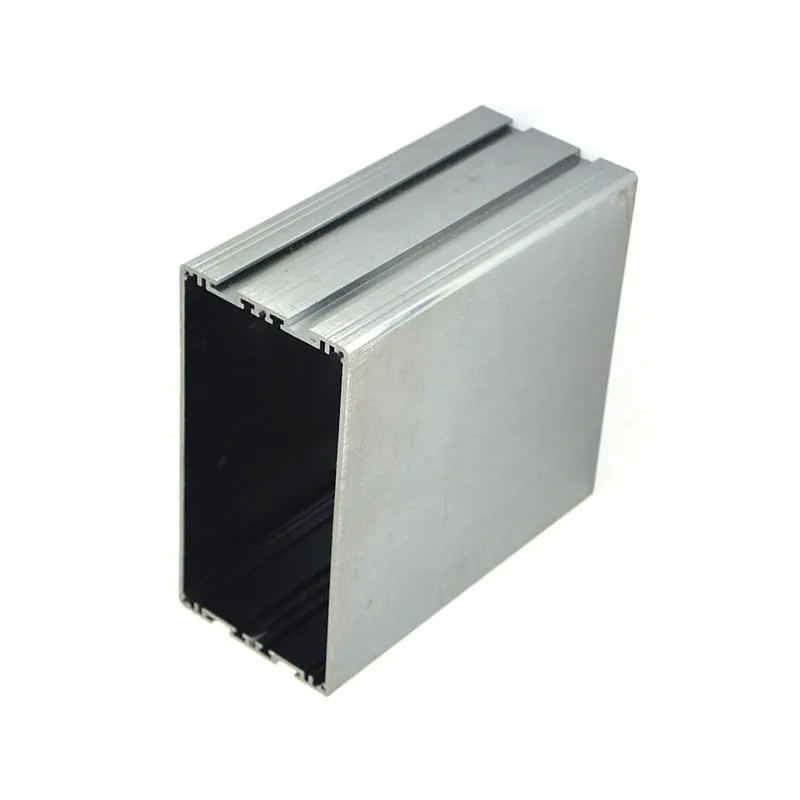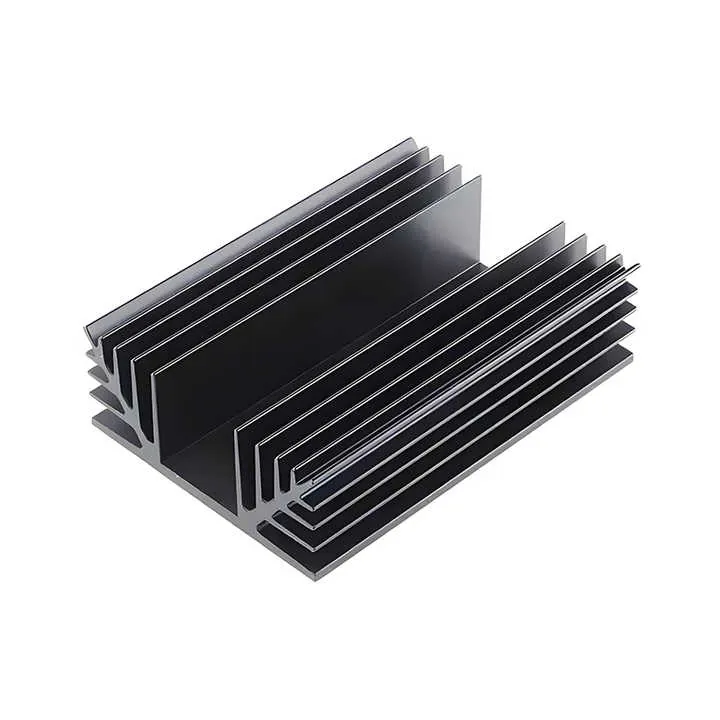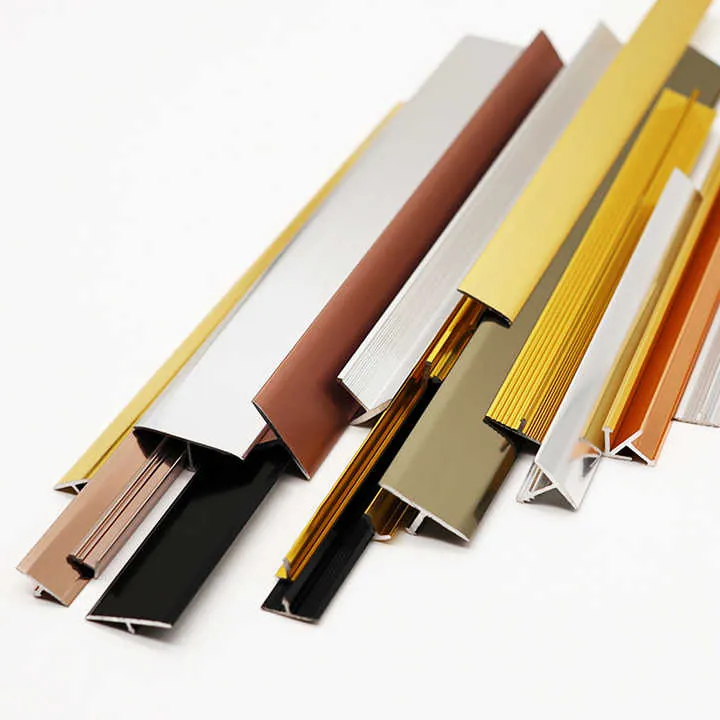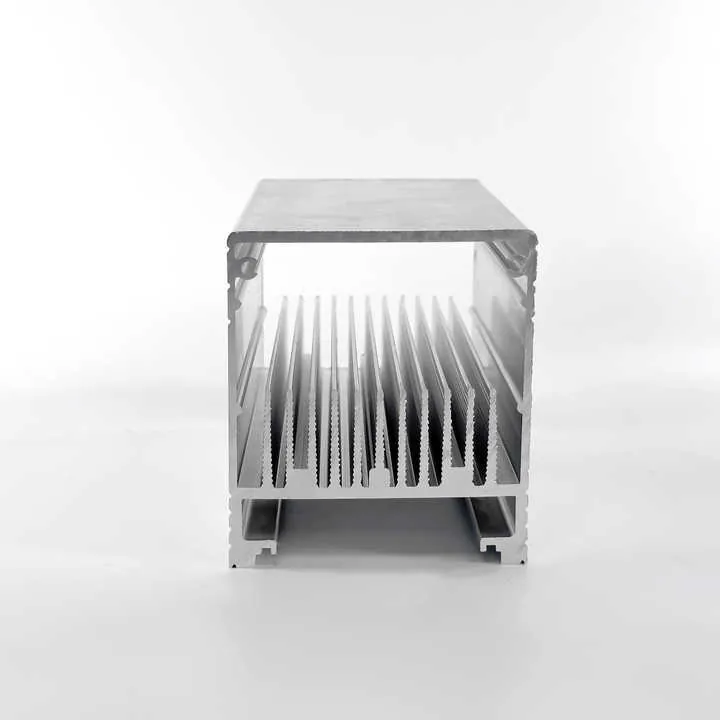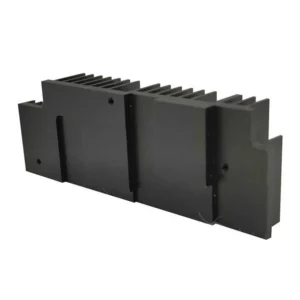
Sometimes when customers send me inquiries for aluminum CNC parts, especially enclosures or connectors, they’ll ask: “Does aluminum conduct electricity?” It’s a valid concern-especially when your product needs grounding or shielding.
Yes, aluminum is an electrical conductor. It is widely used in industries that require efficient power transmission due to its lightweight and conductive properties.
Although copper is more conductive, aluminum is a strong competitor for electrical applications. If you’re wondering why engineers still choose aluminum despite the alternatives, you’re not alone.
Why is aluminum used in power lines?
Many people assume copper is the best conductor, so they are surprised to learn aluminum dominates high-voltage power lines. How can a "weaker" conductor replace copper in something so critical?
Aluminum is used in power lines because it is much lighter than copper, significantly reducing the weight and cost of long-distance transmission cables.
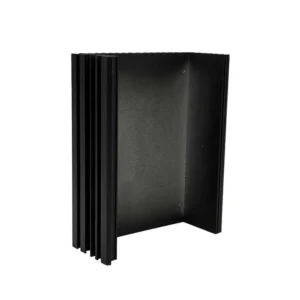
When I first started machining aluminum connectors for a customer in the energy sector, I was amazed at how vital weight reduction was. Power line cables stretch for miles. If you use copper, the weight becomes a problem-physically and financially.
Weight-to-Conductivity Ratio
Here’s a quick comparison:
| Property | Aluminum | Copper |
|---|---|---|
| Electrical Conductivity (IACS) | ~61% | 100% |
| Density (g/cm3) | 2.70 | 8.96 |
| Weight per Volume | Much lighter | Much heavier |
| Cost (per kg) | Lower | Higher |
Even though aluminum conducts only about 61% as well as copper, it weighs 3 times less. This makes aluminum the more efficient choice when conductivity per unit weight is the priority.
Cost and Oxidation Considerations
Aluminum is also more abundant and cheaper to mine. Yes, it forms an oxide layer, but this layer actually protects the metal from further corrosion. Modern connection methods-like compression fittings and anti-oxidation compounds-solve the potential issues of aluminum oxidation in outdoor installations.
So, if you're in power transmission and care about cost and weight, aluminum makes sense.
How does aluminum compare to copper in conductivity?
People often ask me, “Is copper always better than aluminum?” Not necessarily. The real question is: better for what? Let’s dive into it.
Aluminum conducts less electricity than copper, but its lower weight and cost often outweigh the performance difference in many real-world applications.
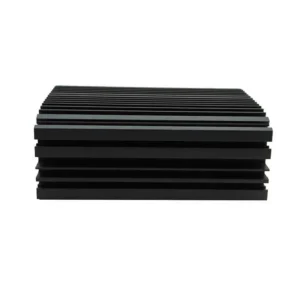
When customers like David from Germany ask us for terminal housings or mounting bases, they often care about conductivity and structure. In those cases, we help them compare copper and aluminum based on their project's needs.
Conductivity Side by Side
| Property | Copper | Aluminum |
|---|---|---|
| Conductivity (IACS) | 100% | ~61% |
| Volume needed to match copper | 1x | ~1.6x |
| Weight (for same conductance) | Higher | Lower |
| Price | Expensive | Cost-effective |
Real-World Implications
You need more aluminum to carry the same current as copper. But since it’s so light and affordable, aluminum often still wins in terms of cost-performance.
In high-current systems where space is limited-like PCB traces or internal circuits-copper may still be better. But for structural parts, housings, connectors, or large cables, aluminum is often the smarter choice.
Can aluminum wires be used safely in homes?
There’s a lot of debate about this-especially in North America, where many homes were wired with aluminum in the 60s and 70s. That led to some safety concerns. So is aluminum safe today?
Yes, aluminum wires can be used safely in homes, provided they follow updated codes, proper connectors, and certified installation practices.
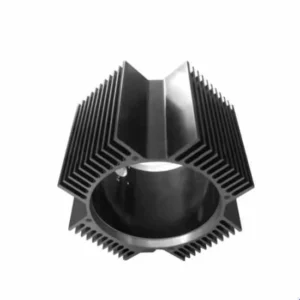
When Sophia, a startup client from the US, asked me about custom aluminum enclosures for smart home devices, she was worried about conductivity and fire risk. That’s understandable. But today’s aluminum wiring technology is much better than it used to be.
Why Aluminum Had Issues
In the past, poor terminations and incompatible sockets caused high resistance and heat at connections. The result: fire hazards. But it wasn't aluminum's conductivity that was the issue-it was the installation methods.
How It's Fixed Today
Modern homes use aluminum wiring for heavy-load circuits like:
- Air conditioning units
- Electric ranges
- Main service lines
These circuits use AA-8000 series aluminum alloy, which resists creep and heat cycling better. Installers now use:
- Aluminum-rated terminals
- Anti-oxidizing compounds
- Torque-specific lugs
All of this makes aluminum a safe and cost-efficient option-when installed correctly.
What affects aluminum’s electrical performance?
Even though aluminum conducts electricity, not all aluminum performs the same in every situation. Why? Because several factors can change how well it works.
Aluminum’s electrical performance is affected by purity, temperature, oxidation, and alloy composition.
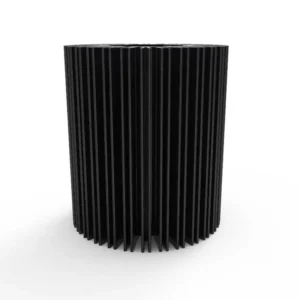
When I machine parts like busbars or connector blocks, I always ask the client: What’s the function-structural or electrical? Because we might choose different grades of aluminum depending on their goal.
Key Factors to Consider
1. Alloy Type
Aluminum comes in many types. Some, like 6061, are stronger but less conductive. Others, like 1350 (used in electrical cables), are highly pure and better for conduction.
| Alloy | Conductivity (% IACS) | Use Case |
|---|---|---|
| 1350 | ~61% | Power transmission |
| 6061 | ~40% | Structural parts, housings |
| 5052 | ~35% | Marine & automotive parts |
2. Surface Oxidation
Aluminum oxidizes quickly. While this thin oxide layer protects it from corrosion, it also increases resistance if not properly cleaned before connecting.
3. Temperature Rise
When aluminum heats up, its resistance increases. That means more heat and possible efficiency loss-especially if connections are loose or corroded.
4. Mechanical Stress
Over time, mechanical stress or "creep" can loosen terminals. That’s why compression fittings or spring-loaded terminals are now widely used in aluminum wiring.
If you’re using aluminum parts in a project that carries current, it’s worth discussing surface finish, alloy type, and contact methods with your CNC supplier. We can help match the right material and processing for your use case.
Conclusion
Aluminum conducts electricity well, and its weight, cost, and versatility make it a smart choice for many power and structural applications.

